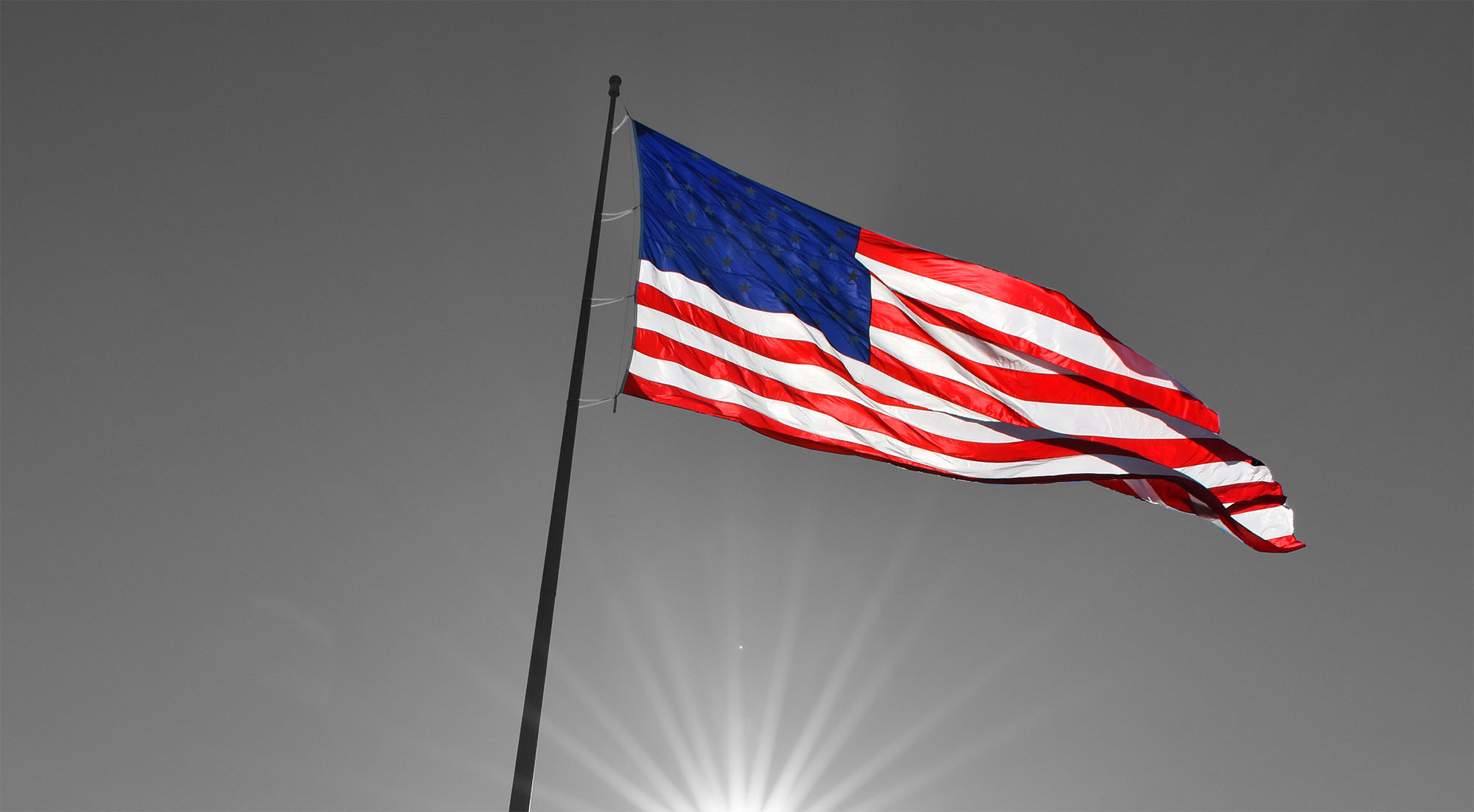Article II, Section 1, Clause 8:
Before he enter on the Execution of his Office, he shall take the following Oath or Affirmation:– I do solemnly swear (or affirm) that I will faithfully execute the Office of President of the United States, and will to the best of my Ability, preserve, protect and defend the Constitution of the United States.
Article II, Section 1, Clause 8 provides that the President must swear or affirm to faithfully execute the Office of President
and preserve, protect and defend the Constitution
to the best of the President’s ability. Presidents since George Washington have reflected on the oath’s significance and the burden it places on the President. In his second inaugural address, Washington declared that a violation of the presidential oath would occasion not only constitutional punishment,
but the upbraidings of all who are now witnesses of the present solemn ceremony.
1 Of the oath, Justice Joseph Story wrote: [t]here is little need of commentary . . . . No man can well doubt the propriety of placing a president of the United States under the most solemn obligations to preserve, protect, and defend the constitution.
2
The Constitution requires many officials to swear oaths or affirmations,3 but the presidential oath in Article II is unique because it prescribes verbatim the language an official must use. Government officials generally must swear an oath to support
the Constitution, but the Constitution does not demand any exact language.4 Because Article II provides a verbatim presidential oath, misadministration of the oath might elicit questions as to the President’s legitimacy. For example, while President Barack Obama re-took the oath after Chief Justice John Roberts mistakenly reordered words in the oath’s text,5 President Herbert Hoover declined to do so, believing such mistakes to be inconsequential.6 Many presidents have appended the phrase so help me God
to the presidential oath;7 this phrase has been included in statutorily defined oaths since 1789, but is not required of the President.8
Although Article II sets forth the text of the presidential oath, it omits other details, including who shall administer the oath and when and where the oath shall be administered. By common practice, the Chief Justice of the United States Supreme Court administers the oath at a President’s inauguration. The practice of receiving the oath publicly began with George Washington’s inauguration. A joint committee of Congress appointed to organize the inauguration emphasized the importance of having the oath administered to the President in the most public manner
such that the greatest number of the people in the United States, and without distinction, may be witnesses to the solemnity.
9 President John Adams was the first President to receive the oath from the Chief Justice.10 Several Vice Presidents who became President through succession were administered oaths outside the nation’s capital and by people other than the Chief Justice.11 For example, President Calvin Coolidge, who succeeded President Warren G. Harding after his death, received the oath from his father, a notary public, at his father’s residence in Vermont.12
The presidential oath’s language mirrors other provisions of the Constitution—such as the President’s obligation to take Care that the Laws be faithfully executed
13—though much of the language in the presidential oath appears nowhere else in the Constitution. The significance of the oath’s unique text has been a matter of debate for centuries. James Madison’s notes suggest that even delegates to the Federal Convention of 1787, where the Constitution was drafted, lacked a shared understanding of this language: while debating whether the text of the oath should include a promise to preserve protect and defend the Constitution,
Delegate James Wilson of Pennsylvania suggested that the general oath required by Article VI would render such text unnecessary.14


